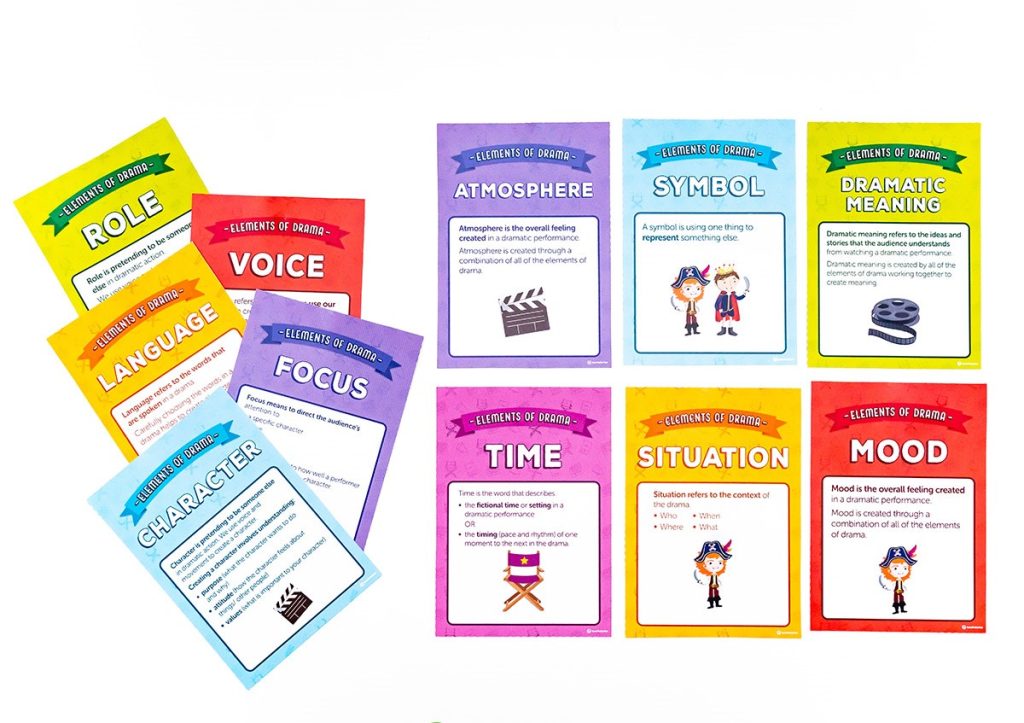In 2025, ethical leadership and corporate social responsibility (CSR) have moved from being nice-to-have initiatives to core components of behavioral management strategies. This shift is driven by increasing public scrutiny, employee expectations, and the recognition that ethical practices are crucial for long-term business success.
Organizations are implementing comprehensive ethics training programs that go beyond compliance. These programs use case studies, simulations, and role-playing exercises to help employees navigate complex ethical dilemmas. AI-powered ethics chatbots are available 24/7 to provide guidance on ethical issues as they arise.
Transparency has become a key focus, with many companies adopting “radical transparency” policies. This includes real-time disclosure of pay equity data, environmental impact metrics, and decision-making processes. Some organizations are even experimenting with blockchain technology to create immutable records of their ethical practices and CSR initiatives.
Leadership evaluation and promotion criteria now heavily weight ethical decision-making and CSR contributions. 360-degree feedback systems include specific measures of a leader’s ethical behavior and their ability to foster an ethical culture within their team.
Companies are also empowering employees to drive CSR initiatives. Many organizations have implemented systems where employees can allocate a portion of the company’s CSR budget to causes they care about, fostering a sense of ownership and engagement in the company’s social impact.
As we move further into 2025, we’re seeing the emergence of industry-wide ethical standards and certifications. These provide a framework for companies to benchmark their ethical practices and give consumers and employees a way to make informed choices about the organizations they engage with.











